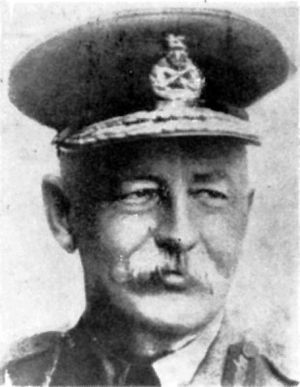This is more than just an infantry officer’s memoir. Denis Forman was closely involved in the Battle School movement that transformed the British Army’s infantry training during the second world war. He then went on to serve alongside Lionel Wigram (the primary proponent and intellectual leader of the Battle School movement) in Italy. The story is as much about Lionel Wigram as it is about Denis Forman himself.
However one of the stand out pieces for me is the honest treatment of how men deal with battle. The psychological impact and how unreliable things become is often not mentioned in most memoirs, there is an unspoken need not to embarrass anyone, or bring up things better left to lie. This book manages to discuss it without shaming anyone.
Also, the appendices have copies of the reports into the lessons from the Sicily campaign drawn by Lionel Wigram. Not published at the time because they were too controversial they tell an interesting story of how the theory met reality.
More on Denis Forman’s war experiences are available on the web at http://www.war-experience.org/collections/land/alliedbrit/forman/default.asp
Just before the war started Denis Forman graduated from Pembroke College, Cambridge in 1939. He was certain that there was going to be a war but didn’t want to commit himself to the Army until it started, so he took a short-term post with a shipping agency to avoid being sent to the Far East to make his fortune (which is where he was being directed by his elders). When war broke out he was in the Netherlands, and he returned to join the Argylls where he was promptly sent off to be an officer cadet.
His description of joining an infantry battalion and his efforts as a subaltern within it are priceless. He honestly shows how desperate the British Army was in the Summer of 1940 and how it was manning (and ‘leading’) its infantry battalions. More than enough to make you wonder about what would have happened if the Germans had invaded (although I like to believe that they probably had some very similar issues).





















